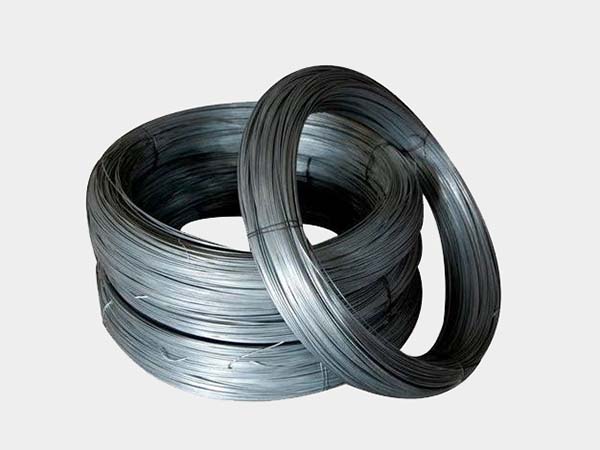Construction Binding Wire
Construction binding wire at Wanzhi Steel is available in 26-16 gauge wire to meet different uses. The binding wire in construction use is made from annealed steel wire, galvanized wire, or PVC-coated wire. It has great tensile strength, but it is flexible to cut, bend, or curl easily. Therefore, it is suitable for a broad variety of applications in construction, agriculture, and fencing. Wanzhi Steel stocks regular sizes of tying wires with coating options available. We accept customized proposals; welcome to send us your requirements.
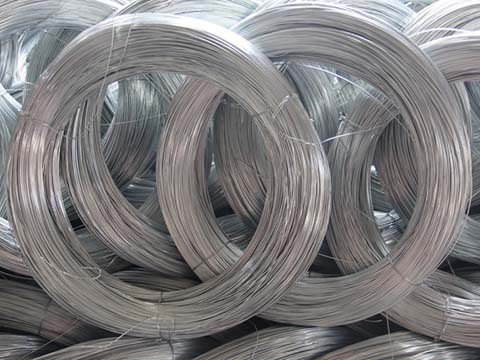
Galvanized Tie Wire
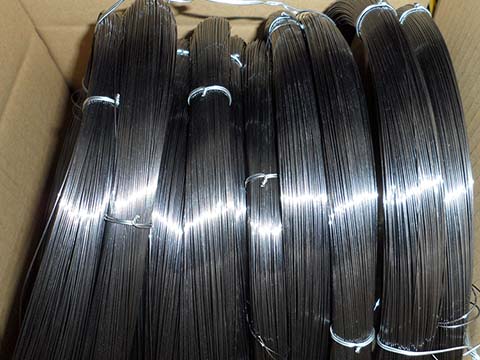
Annealed Binding Wire
Specifications of Construction Binding Wire
| Item | Construction Binding Wire |
| Place of Origin | Hebei, China |
| Tensile Strength | 300-480 N/mm2 |
| Types | Coil wire, U-type wire, cutting wire, loop tie, double loop tying wire |
| Sample | Free and available |
| Standard | ASTM/GB/JIS/DIN/AISI/BS |
| Package | In coils or spools, plastic film inside, and woven bag outside |
| MOQ | 5 Tons |
| Delivery Time | 10-18 Days |
| Delivery Term | CFR/CIF/FOB/EXW |
| Payment Terms | TT 30% Advance + 70% Balance |
Remarks: The rebar binding wire often uses 18-22 gauge wire(0.7 mm- 1.2 mm). Meanwhile, a 22 gauge wire is only suitable for reinforcement bars with a diameter of less than 12mm. When the diameter of the rebar is greater than 25mm, 18 gauge wire will be better.
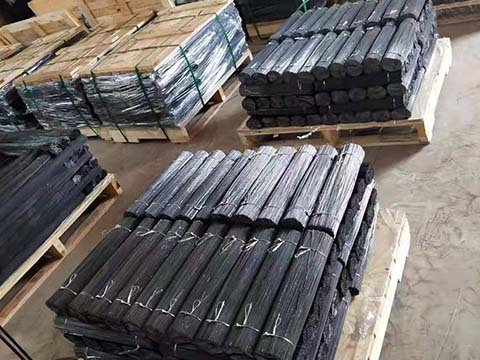
Black Annealed Cutting Wire
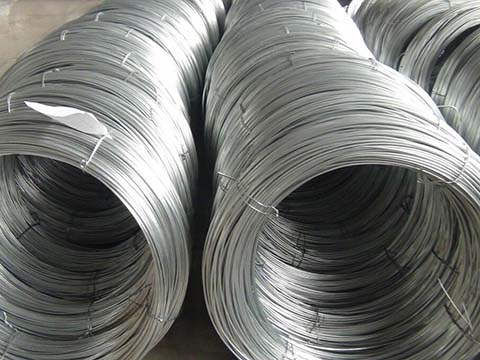
GI Binding Wire for Sale
What Is Construction Binding Wire?
As its name implies, it is the tie wire used in construction and is often used to bind steel bars. It is also used for bundling and connecting various metal structures in the industrial and construction fields. The material for binding wire in construction is high-quality Low-Carbon Steel Wire. Using binding wire aims to keep the reinforcement in position to avoid the displacement of bars during concrete pouring. Also, it can keep the spacing between the steel bars.
By the way, you can also find galvanized reinforcing mesh on the market, which requires less effort to use.
Galvanized building wire production video
Weight calculation formula
Single wire weight calculation formula (diameter in mm)
Weight (kg/m) = 0.00617 × diameter^2
Note: Detailed formula: Weight (kg) = [3.14 × diameter² × length × 7.85] ÷ (4 × 10^6)
Weight calculation of rolled binding wire (diameter in mm, length in m)
Weight (kg) = 0.00617 × diameter^2 × L (m)
Benefits of Reinforcement Binding Wire
Its core features are strength, flexibility, rust resistance, and ease of construction. The following are its main features:
- Mechanical properties: Made of low-carbon steel (such as Q195, Q235) or stainless steel, it has good ductility and tensile strength . Easy to bend and twist, not easy to break when tied.
- Rust resistance: Hot-dip galvanizing or electro-galvanizing treatment, the surface zinc layer increases corrosion resistance, and the coating of the PVC binding wire enhances acid and alkali resistance and rust resistance.
- Customizable: Its diameter, length (usually supplied in rolls, such as 10kg/roll, 20kg/roll), color (galvanized wire is silver-gray, PVC coated wire can be customized green, blue, etc.) can all be specified, which is very flexible.
- Construction advantages: easy to operate, not easy to loosen, and can withstand the impact of concrete pouring. Suitable for cross-tying of steel bars of different diameters.
- Rich applications: It is widely used in infrastructure, temporary reinforcement, and construction projects.
Wanzhi Steel Construction Tying Wire Case
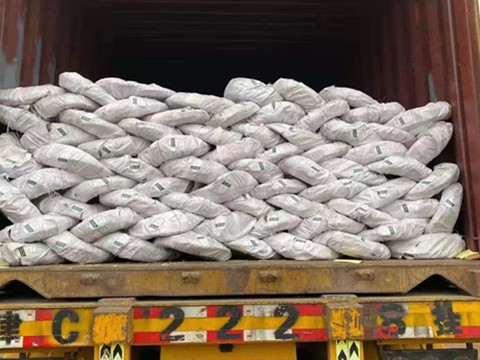
Black Annealed Wire to Turkey
What Is Binding Wire Used For?
Reinforcement binding wire combines flexibility and strength, making it popularly used in various industries and our daily lives, for example,
1. Construction
The wires are largely used in construction sites for binding reinforcement slabs, beams, walls, columns, rebar mesh, and so on. It helps in creating a reinforcement frame and holding it in place. In addition, they help build foundations, roads, bridges, dams, and more.
2. Agriculture
They are useful for supporting plants in vineyards and farms, such as grapes, tomatoes.
3. Making Fences
The binding wire is also the main material for the production of welded wire mesh and the manufacture of Barbed Wire.
4. Daily Uses
It can be used to pack finished products and make ropes, cables, and small handicrafts.
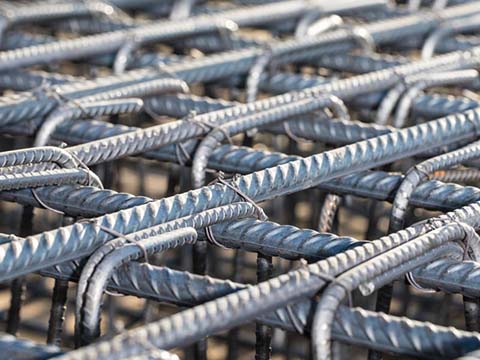
Reinforcement Binding Wire
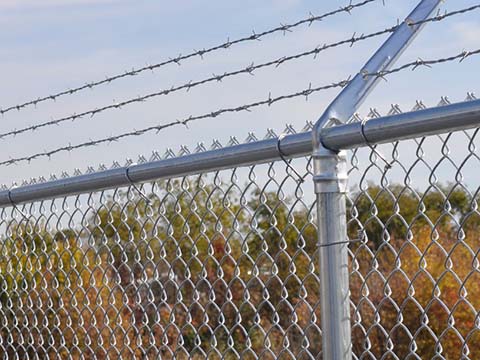
Binding Wire in Fencing
Different Types of Binding Wire in Construction
1. According to Surface Treatment
According to the surface treatment, the construction binding wire can be divided into:
- Annealed Binding Wire: The surface is black and annealed with a bright surface. In order to prevent rust, it is applied anti-rust oil to maintain its service life. It is soft, durable, and elastic. Therefore, it can tie easily and strong enough so as to hold the joint in place.
- Galvanized Binding Wire: It includes Hot-dip galvanized wire and electro-galvanized wire. Covered with a zinc layer, the galvanized binding wire has a shiny silver finish. Also, the zinc layer provides additional protection to prolong its service life. Generally, hot-dip galvanized binding wire has better corrosion resistance than electro-galvanized wire.
- PVC coated binding wire: It is coated by PVC or PE coating so that it has excellent resistance to corrosion, dirt, oil, chemicals, UV rays, etc. Its service life is up to 12 years. Besides, it offers more color options, like green, black, yellow, white, etc.
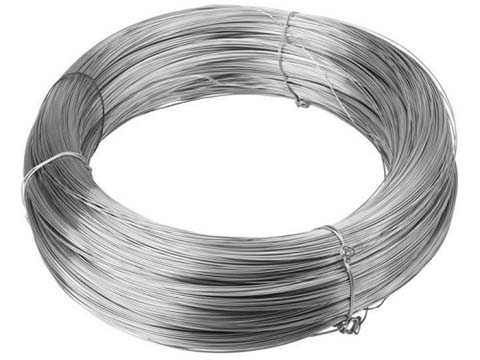
Galvanized Binding Wire in Coil
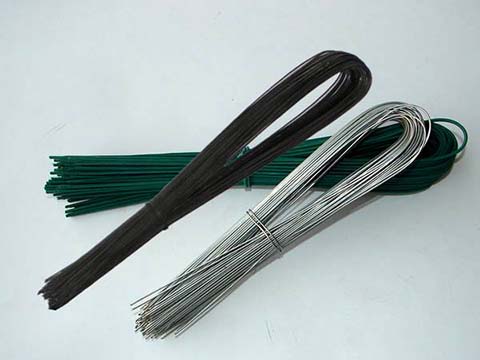
PVC U-type Binding Wires
2. According to Packaging
- Wire coil. It is the most common packaging type of steel wire. The coil weight ranges from 10 kg to 1,000 kg, which is easy to transport. Also, you can cut it into the desired size during use.
- U-shaped wire. This kind of wire is perfect for binding threaded steel bars in the construction industry. In addition, it often uses 20# or 21# wire, and the popular length is 250 mm to 600 mm. It can not only save manpower but also reduce waste.
- Loop wire ties. We offer double loop tie wire and single loop tie wire. The former has two preformed loops, while the latter has one preformed loop and one straight end. The wire ties can quickly and securely tie bags, cables, rebar, and pipes.
- Cutting tie wire. It is cut to a fixed length after straightening, which can be customized according to the specific requirements of customers. And it is easy to transport and use.
Want to learn more about construction binding wire? Please read – What Is Binding Wire?
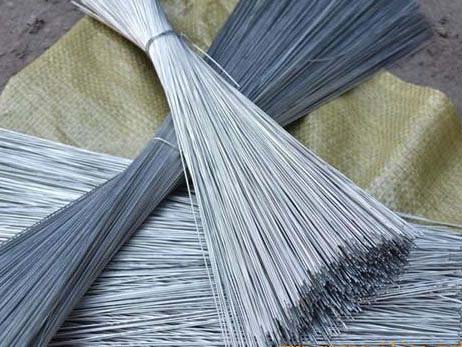
Cutting Wires
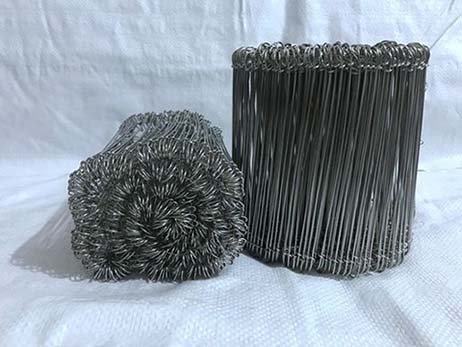
Loop Ties
How to Use Tying Wire for Reinforcement?
1. The binding joints of the steel rebars shall be at the center and both ends shall be fastened.
2. The intersections of the steel bars on the vertical planes of the steel skeleton of the walls, columns, and beams should all be fastened. Besides fasten all the intersections between the upper rebars, too. The bottom reinforcement bars can be staggered and fastened at intervals except for the edge part.
3. The stirrup hooks of beams and columns and the welding points close to stirrups should be staggered longitudinally. And on the same surface, the area percentage of the butt welded joint of the welded closed stirrup should not exceed 50%.
4. The longitudinal reinforcement bars of the infill wall structural column should be bound together with the frame reinforcement.
5. The distance between the stirrups in the beams and columns, the horizontally distributed steel bars in the wall, the stirrups of the hidden columns, and the steel bars in the slab should be 50 mm from the edge.
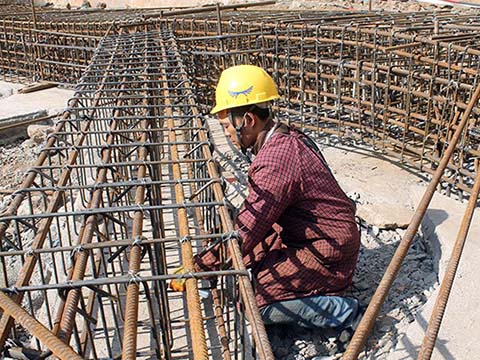
Binding Wire in Construction
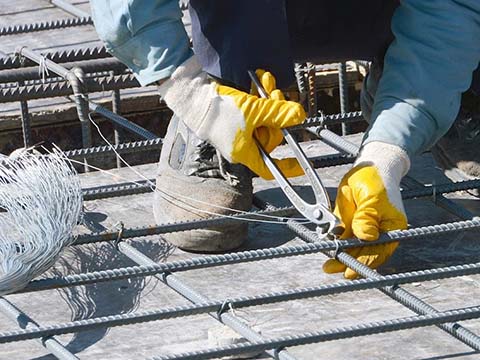
Tying Wire for Reinforcement
How Many Binding Wires Are Required?
Generally, the weight of the Binding Wire is 1% of the total weight of the reinforcement bars. That is to say, you need 10 kg of tie wire per ton of rebar. But in reality, the binding wire needed for a ton of rebar varies from 8 kg to 13 kg. There are many factors you need to consider, for example,
1. Diameter of the Reinforcement Bars;
2. Position of the steel reinforcement used, such as beams, slabs, columns, walls, and foundations;
3. Installation spacing between the steel rebars;
4. Gauge and material of binding wire used;
5. Tying methods of binding wire;
6. Tying manually by hook or tying mechanically with tools;
7. Type of projects (like building, dam, bridge, railway, etc.).
This article tells comprehensively – How much binding wire is required for 1-ton steel.
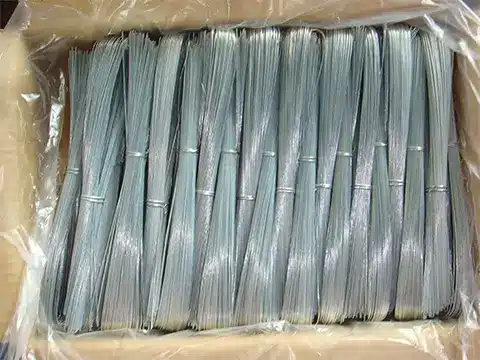
U-shaped binding wire paper box package

316l stainless cold drawn steel wire
Get wire binding price from Wanzhi Steel
As a steel tying wire manufacturer and wire binding supplies in China, Wanzhi Steel has more than 60 wire binding machines. We offer a wide range of options from wire rod materials, specifications, and surface treatment to packaging.
If you are interested in binding wire to tying wire. Welcome to contact Wanzhi Steel.
Get samples or a bulk quote! Chat with Us Online,
or send an email to: info03@wanzhisteel.com
Wanzhi Steel is an ISO 9001-certified steel factory located in Hebei, China. It has been specializing in the production of annealed wire, galvanized wire, PVC-coated wire, low carbon wire, galvanized binding wire, and galfan wire for 14 years, with a monthly output of 1,800 tons. With high-quality products and excellent services, its products have been exported to over 120 countries worldwide.
Leave Us A Message


